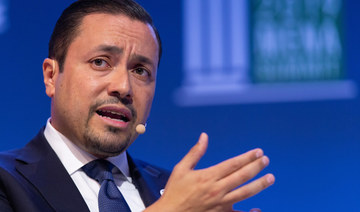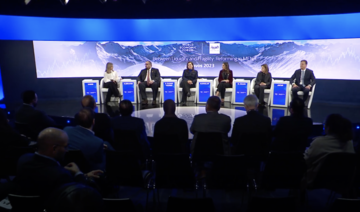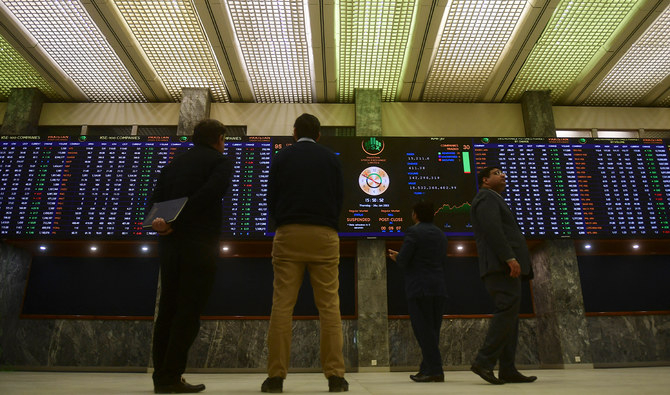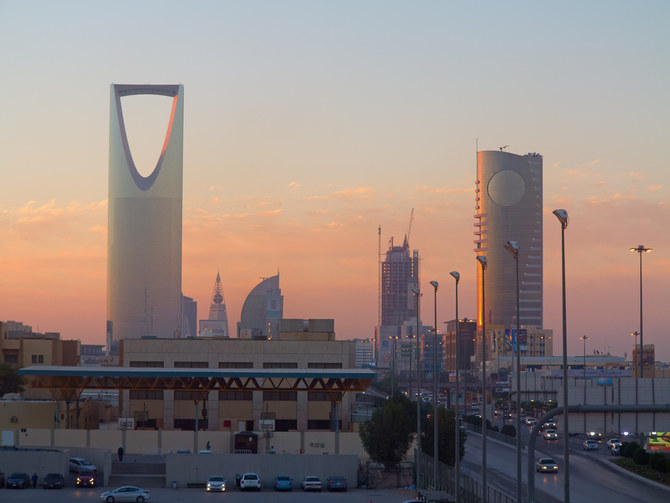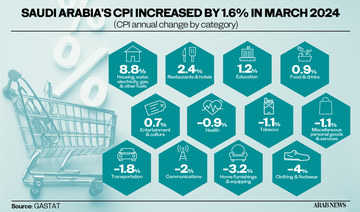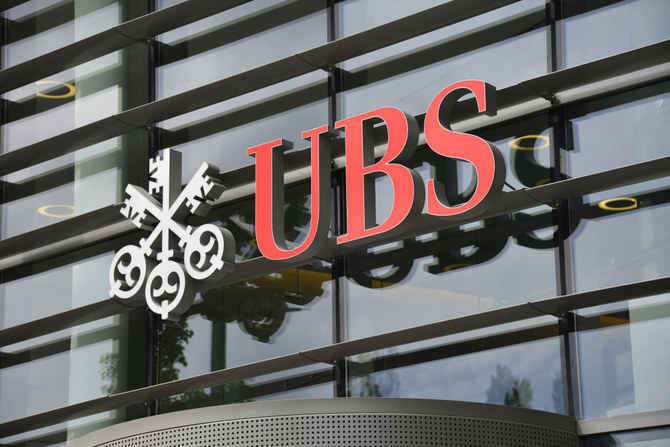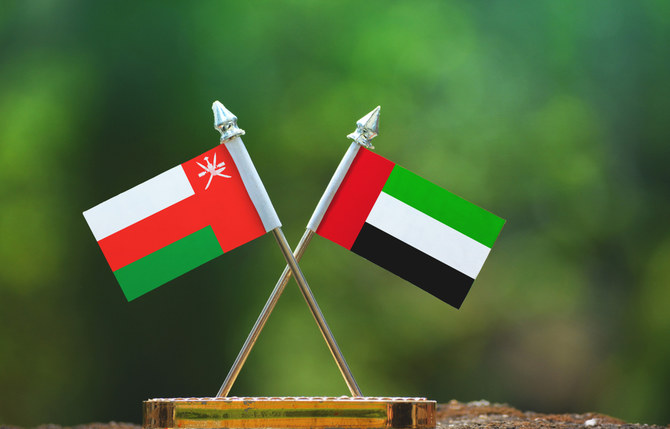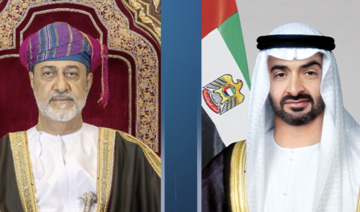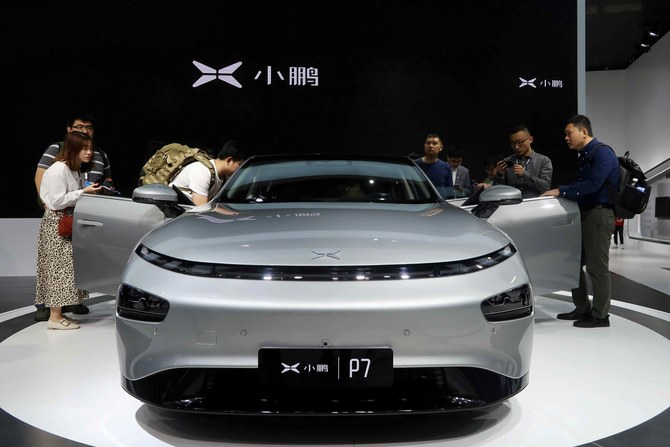LONDON: Reforms are needed to rapidly modernize pension schemes in the Middle East to reflect the region’s demographics using technology pension products that are modern, contemporary, engaging and efficient to run, according to a UK-based expert.
There are a number of “themes” that flow through pensions within the region, according to Tim Phillips, managing director of Middle East and Asia affairs at Smart — a UK-based finTech company specialized in building technology for pension schemes around the world.
“When you have a number of dynamics — such as people living considerably longer — (they combine) to cause what is referred to as a ‘pensions crisis,’” he told Arab News in an exclusive interview.
Phillips said life expectancy has increased significantly over the last 20 years and continues to do so, with people having fewer children than they used to in previous generations, which results in an aging population.
A large percentage of the workforce in the Middle East has no social insurance umbrella and the size of the working-age population in Arab countries has decreased significantly in the last decade, according to the World Bank, with projections it will fall by more than one-quarter by 2060.
“The percentage of people who are in retirement versus in employment is increasing quite significantly, so that naturally causes quite an issue, because the amount of funding that you need to support the people in retirement has to get drastically higher,” Phillips said.
There are two types of pension provision in the region, he explained; public pension funds, which provide pensions for locals, and are “incredibly generous” and well run in some countries. Expatriate workers tend to receive a “gratuity” or “lump sum” when they leave employment.
“Both of those models are areas where there’s been discussion about reform happening (and) both of those models need to be looked at to reform in some way, and it’s happening around the world, it’s not just in the Middle East,” Phillips said.
FASTFACT
The Middle East is particularly exposed because of its relative lack of occupational pensions provided by employers, or social security provision provided by the state, so people therefore rely on the third pillar, which is personal savings.
Governments and public pension funds across the region are starting to think about how they need to adapt and modernize to provide better systems for workers, and are looking to learn from successful savings reforms implemented in the UK, Australia and Hong Kong.
Phillips, who is also the vice president of the British Pensions Management Institute, stressed that the region is diverse, not just demographically, and that each country needs to be looked at separately.
“In Egypt, I think something like 60 percent of the population is unbanked, so that becomes a completely different challenge to somewhere like the UAE, where everyone’s a lot more familiar with using their mobile apps to do banking,” he said.
Lebanon has a number of issues, not least of which is the significant depreciation of the currency, which is going to cause difficulties across all financial assets that are held in that currency, he added.
Kuwait has one of the largest public pension funds in the world, and in Saudi Arabia and the UAE there is a growing interest in moving toward the defined-contribution model — a pot based on how much is paid in, which is the trend throughout the West, as well as countries like Hong Kong and Singapore, as opposed to the defined benefit model that is based on your salary and period of employment.
Saudi Arabia’s Vision 2030 is a good example, Phillips said, as it has set specific targets to achieve in the next few years, including to increase household savings from 6 percent to 10 percent of total household income, which would exceed the target set in the UK.

People need to have an adequate income for their retirement, because if they don’t, in the long run, the state will face a high level of poverty.
Tim Phillips, Managing director of Middle East and Asia affairs at Smart
“I think targets like that are fantastic and that’s where I see the journey going for somewhere like the Kingdom of Saudi Arabia over that period and, hopefully, in advance to 2030. And I know a lot of companies will want to support that.
“But ultimately, if you have any large program in which you want to be funding a significant retirement income for a large population of people, you’re not going to be able to do that without some sort of technology being at the center of that, it’s not going to be something you can do manually, which may have been (the case) in the past,” Phillips said.
“So the underlying issue, irrespective of demographic changes or differences, is that people need to have an adequate income for their retirement, because if they don’t, in the long run, the state will face a high level of poverty.”
The pension market is very large, he added, but it has been underserved by technology disruptors as it’s “seen as a not very attractive place to go and innovate,” as opposed to creating another challenger bank.
There’s been quite a lot of competition in the banking industry, with complaints that it is “tired and needs disruption,” but “there hasn’t been as much in the pension space, and that’s where Smart has specialized,” Phillips said.
The Middle East is particularly exposed because of its relative lack of occupational pensions provided by employers, or social security provision provided by the state, so people therefore rely on the third pillar, which is personal savings.
“That’s traditionally not been hugely successful, because as people we’re hardwired to not be able to see dangers and risks that are far in the future, so it becomes a bit challenging to solve the pensions crisis by addressing that third pillar, and this is where we see interest in our technology coming.”




